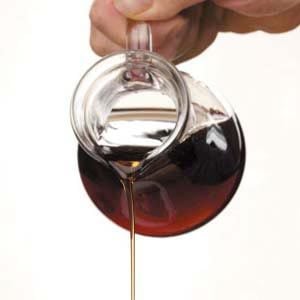Separating Mixtures
Key Questions
-
mixtures can be separated using various separation methods such filtration,separating funnel,sublimation,simple distillation and paper chromatography.
The methods stated above are all physical methods. There are also chemical methods, which are used by rearranging the particles so a certain substance no longer exists (chemical reaction). However here is my explanation on the four MAIN physical methods (the ones that show up on tests) of separation:
1. Distillation.
If two substances have different boiling points and are mixed together, you can boil them and the one with the lower boiling point will evaporate out.Here is a video of an experiment which uses distillation to purify water from a solution of salt water.
video from: Noel Pauller
2. Chromatography .
If you've ever done the experiments where you draw colored dots on a paper towel and dip it in water, this is that. Chromatography is when a substance is carried away (through the towel in this case) or spread around by the absorption of water. You can also think of a spill on a rug.Here is a video which shows a paper chromatography experiment which was conducted to separate the pigments found in a black overhead marker.
video from: Noel Pauller
3. Crystallization.
For a supersaturated solution, you can choose to let the solute crystallize out. Example: Rock candy (sugar solution)4. Filtration/decanting.
Sort them out by particle size using a selective membrane such as filter paper.
The video below shows how filtration can be used to separate calcium carbonate (chalk) from water.
video from: Noel Pauller
-
Answer:
Mixtures are everywhere!
Explanation:
Mixtures are everywhere!
Mixtures that we can see all the different kinds of materials are called heterogeneous mixtures. Tossed salad, gravel, mixed nuts, beach sand, nachos, mud puddles, fog, and Italian salad dressing are all mixtures. If you want to separate them, you can physically take them apart piece by piece.
Here is an example of a heterogeneous mixture.
(from thescienceclassroom.org)Mixtures that look like they are all one phase are called homogeneous mixtures. The air we breathe, syrup for your pancakes, ocean water, Kool-Aid to drink, chrome on your faucet, and stainless steel are examples of homogeneous mixtures. You can separate the mixture, but it will take some special processes.

Pancake syrup is a homogeneous mixture of fructose, water, cellulose gum, caramel colour, sodium benzoate, sorbic acid, sodium hexametaphosphate, and artificial and natural flavours.
Remember that in mixtures all the components are just mixed together and not chemically combined, and you will find them everywhere.